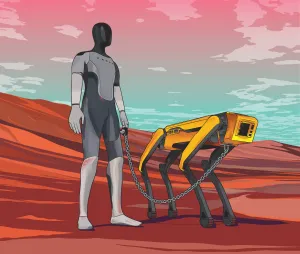Tesla is known for pushing boundaries in the tech world, and their latest venture is no exception. We have discussed Optimus, Tesla's ambitious attempt at building a robotic workforce, but we have yet to talk about the specifics of its production.
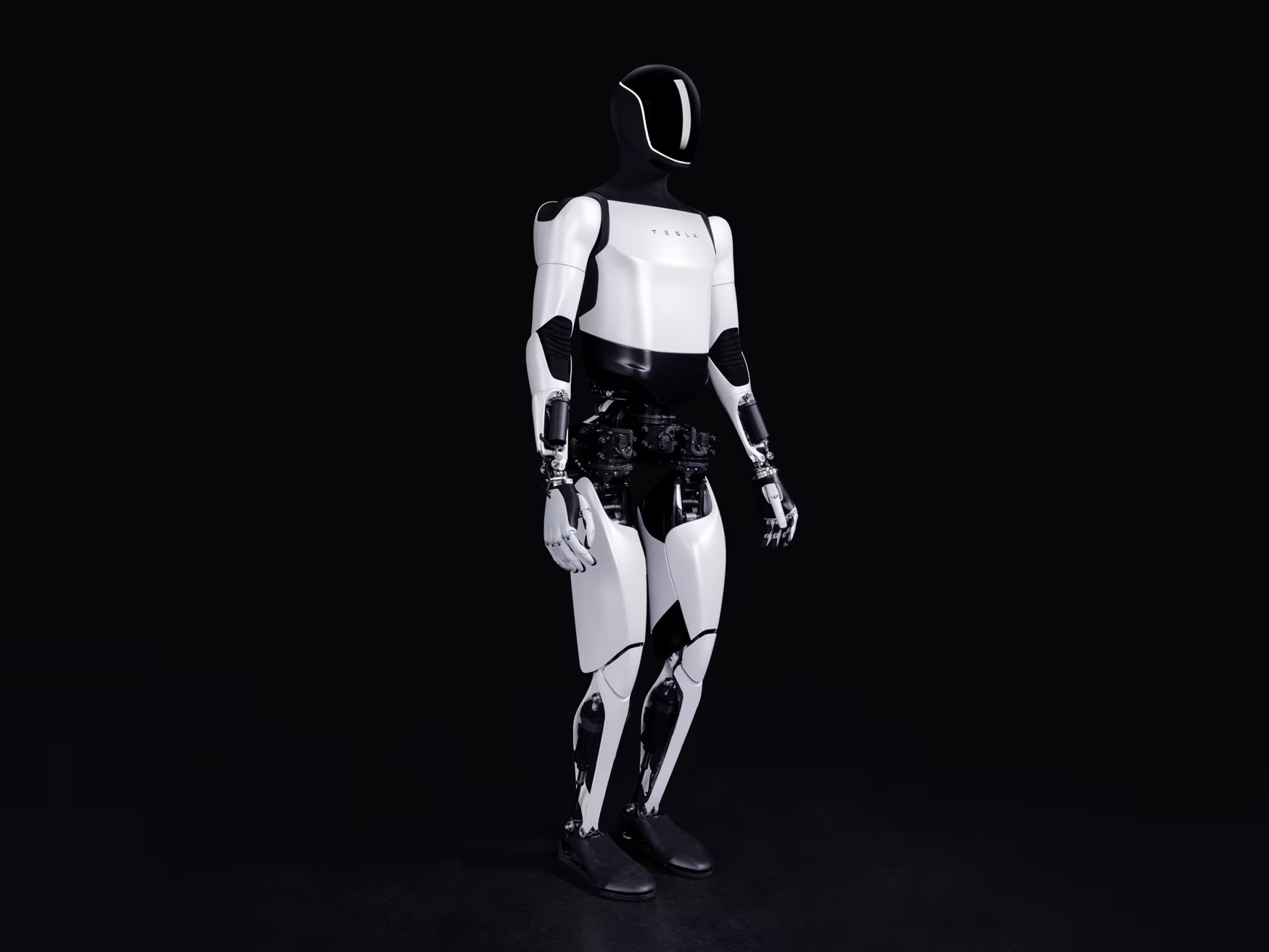
Optimus robots are designed to work, not fight, and they’re talsked to change the landscape of manufacturing and beyond. lets get into the nuts and bolts of how Tesla is bringing Optimus to life.
Actuators: The Backbone of Optimus
Actuators are crucial for providing the necessary muscle and dexterity to Tesla's Optimus robots. Simply put, actuators are devices that convert energy into motion, and they play a pivotal role in robotics. Tesla, with its extensive experience in electric motors, has a significant advantage in actuator technology.
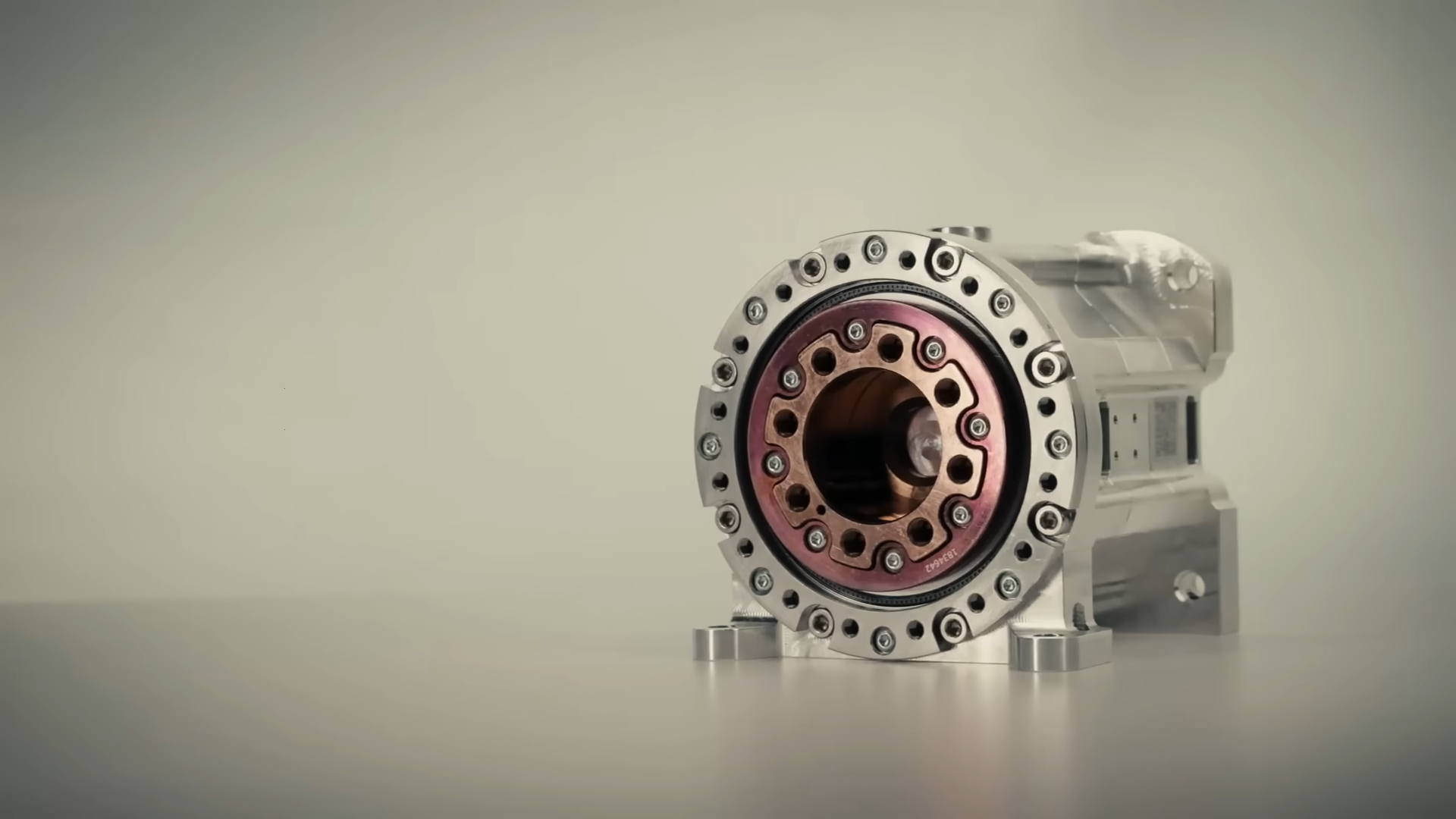
Types of Actuators in Optimus
Optimus relies on two main types of actuators: Linear Actuators and Rotary Actuators. Each type has specific roles and advantages.
- Tesla's Expertise:
- Electric Motors: Tesla's cars use electric motors for propulsion, steering, and other functions. These are essentially actuators.
- Experience: Years of refining electric motor technology gives Tesla a robust foundation for developing advanced actuators for Optimus.
By leveraging their expertise in electric motors, Tesla has equipped Optimus with advanced actuators that provide both power and precision.
This combination ensures that Optimus robots can perform a wide range of tasks with the dexterity and strength required in a dynamic work environment.
Types and Functions of Actuators
Optimus robots boast impressive flexibility, with over 200 degrees of freedom throughout their bodies. This allows them to perform complex tasks with high precision. The hand alone features 11 degrees of freedom, powered by six actuators, enabling it to execute intricate movements and handle delicate objects.
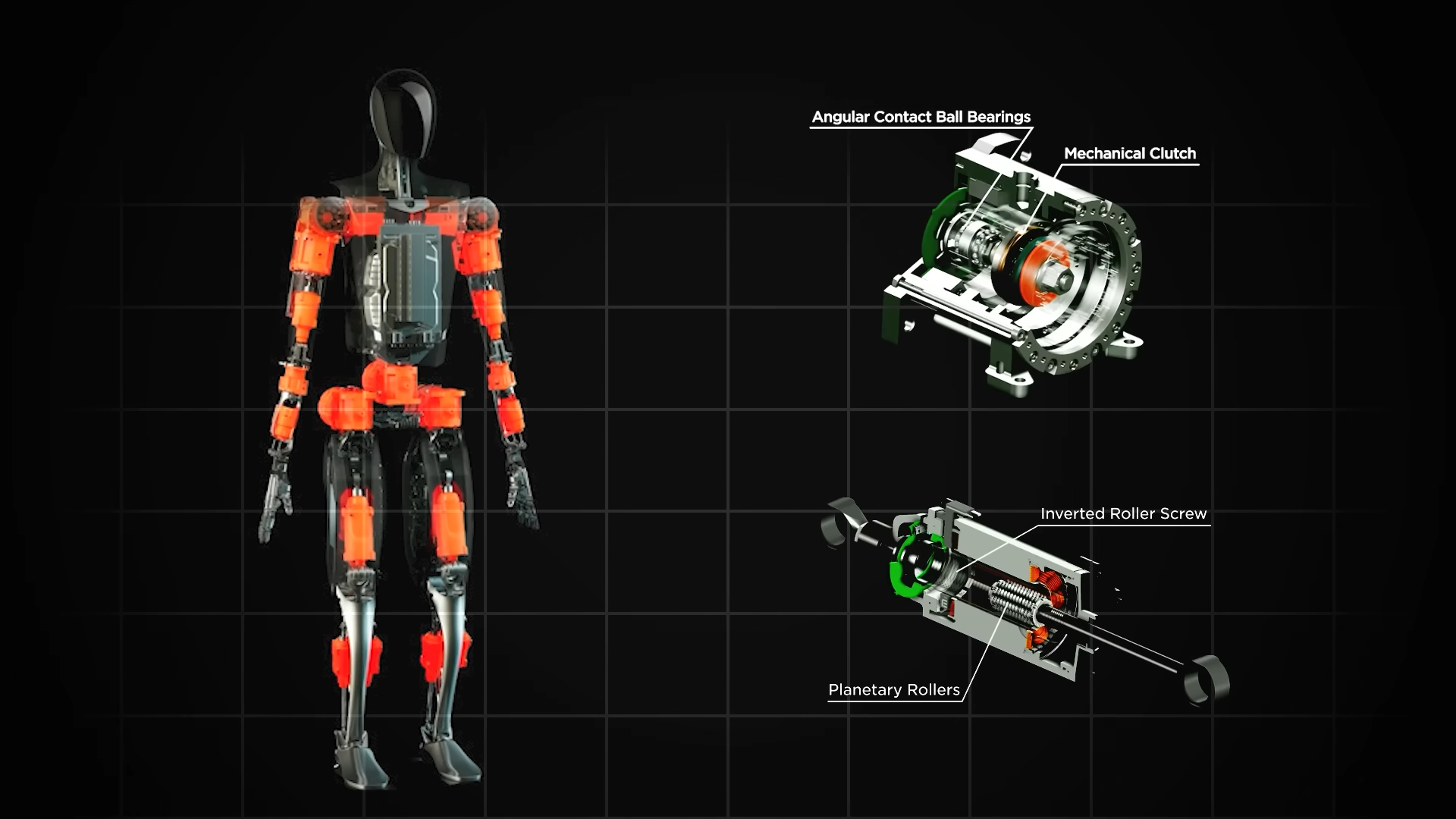
Linear Actuators
Linear actuators are vital components that mimic the function of human muscles. These motor-driven pistons extend and retract, providing the necessary motion for various tasks.
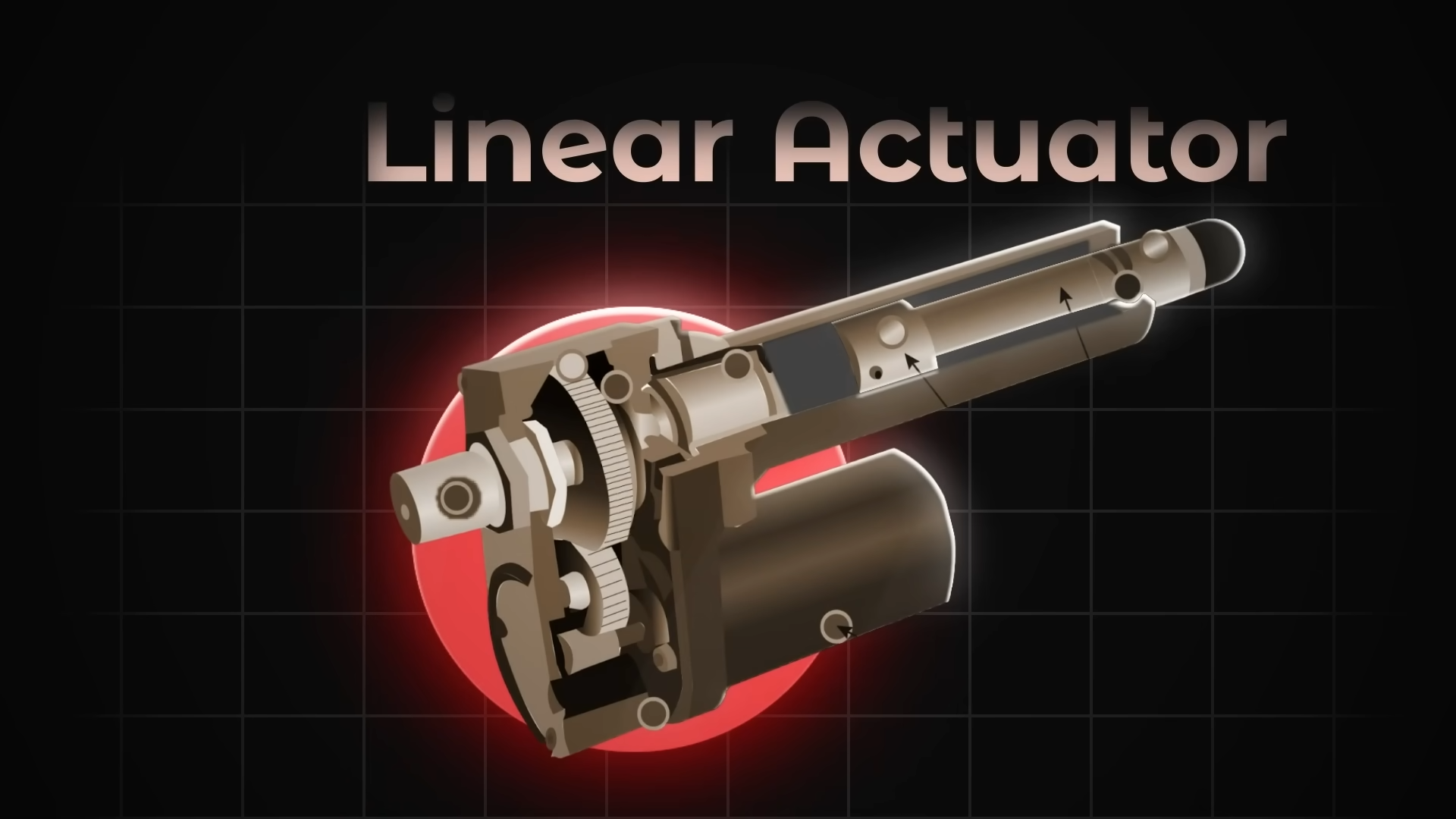
- Applications in Optimus:
- Forearms: For precise arm movements.
- Thighs: To replicate human leg motions.
- Calves: For efficient and stable walking.
Tesla has successfully utilized these actuators in other projects like the Cybertruck and SpaceX’s Starship, proving their reliability and efficiency. In Optimus, linear actuators ensure consistent force and efficiency, especially in the knee and hip joints, which are crucial for mobility and stability.
| Key Features | Description |
|---|---|
| Simple Design | A motor-driven piston that extends and retracts. |
| Applications | Used in Tesla’s Cybertruck and SpaceX’s Starship for precise control. |
| Advantages | Reliable, simple to maintain, and efficient. |
Rotary Actuators
Rotary actuators provide the rotational movements necessary for many of Optimus's functions. Similar to car motors, they use permanent magnets to generate torque, offering high precision and control.
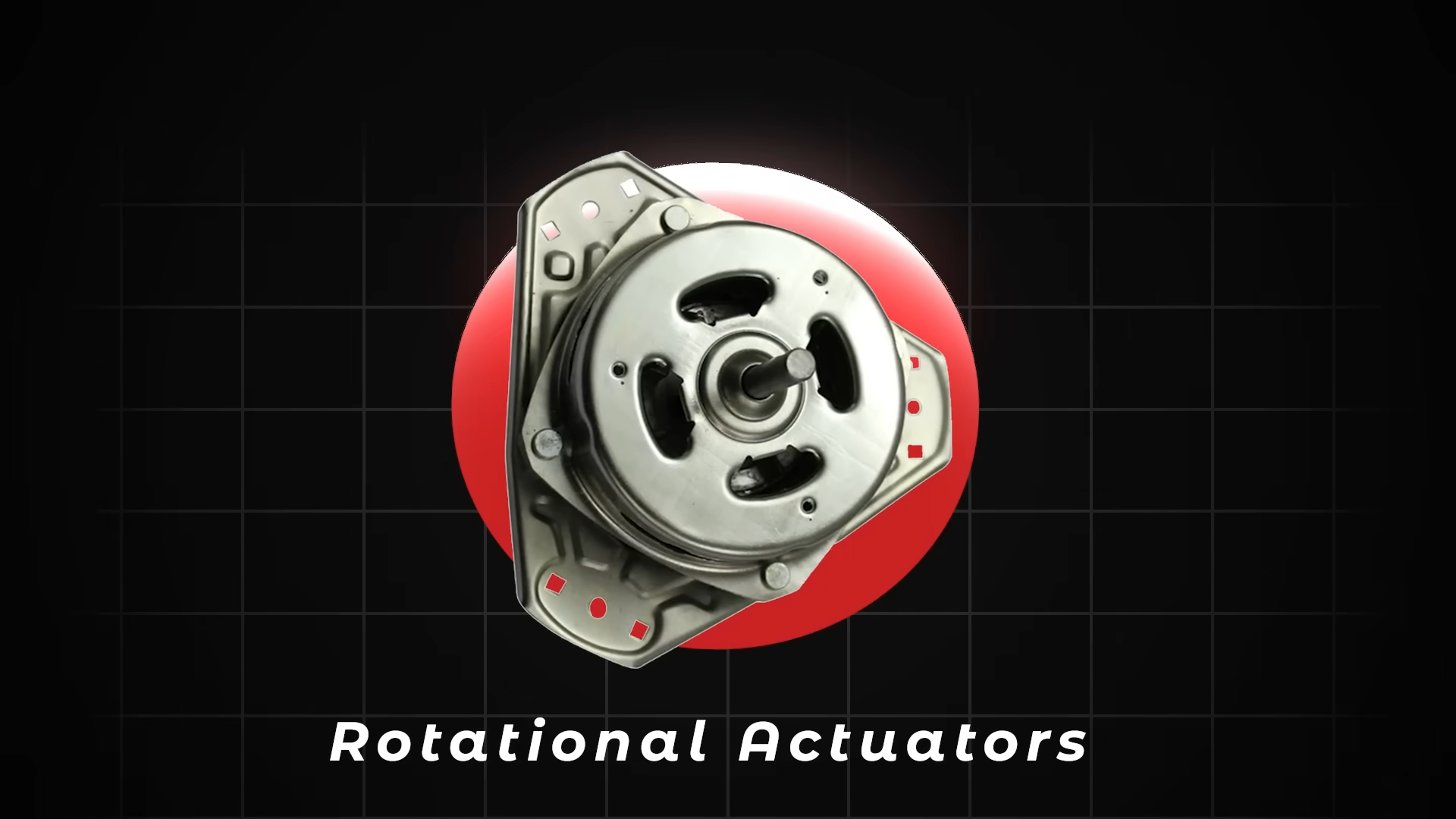
- Applications in Optimus:
- Pelvis: For rotating and stabilizing the torso.
- Shoulder Joints: To allow for a wide range of arm movements, including lifting and rotating.
These actuators are essential for controlling the torso rotation, hip sway, and arm movements, ensuring that Optimus can perform tasks with a high degree of accuracy.
| Key Features | Description |
|---|---|
| Permanent Magnets | Provide more torque in a smaller package. |
| Applications | Prominently used in the pelvis and shoulder joints. |
| Advantages | High precision and consistent torque. |
Tesla’s extensive experience with electric motors has allowed them to equip Optimus with advanced actuators that provide both power and precision. This ensures that Optimus robots can handle a wide range of tasks with the dexterity and strength needed in a dynamic work environment.
The Hand: Mimicking Human Dexterity
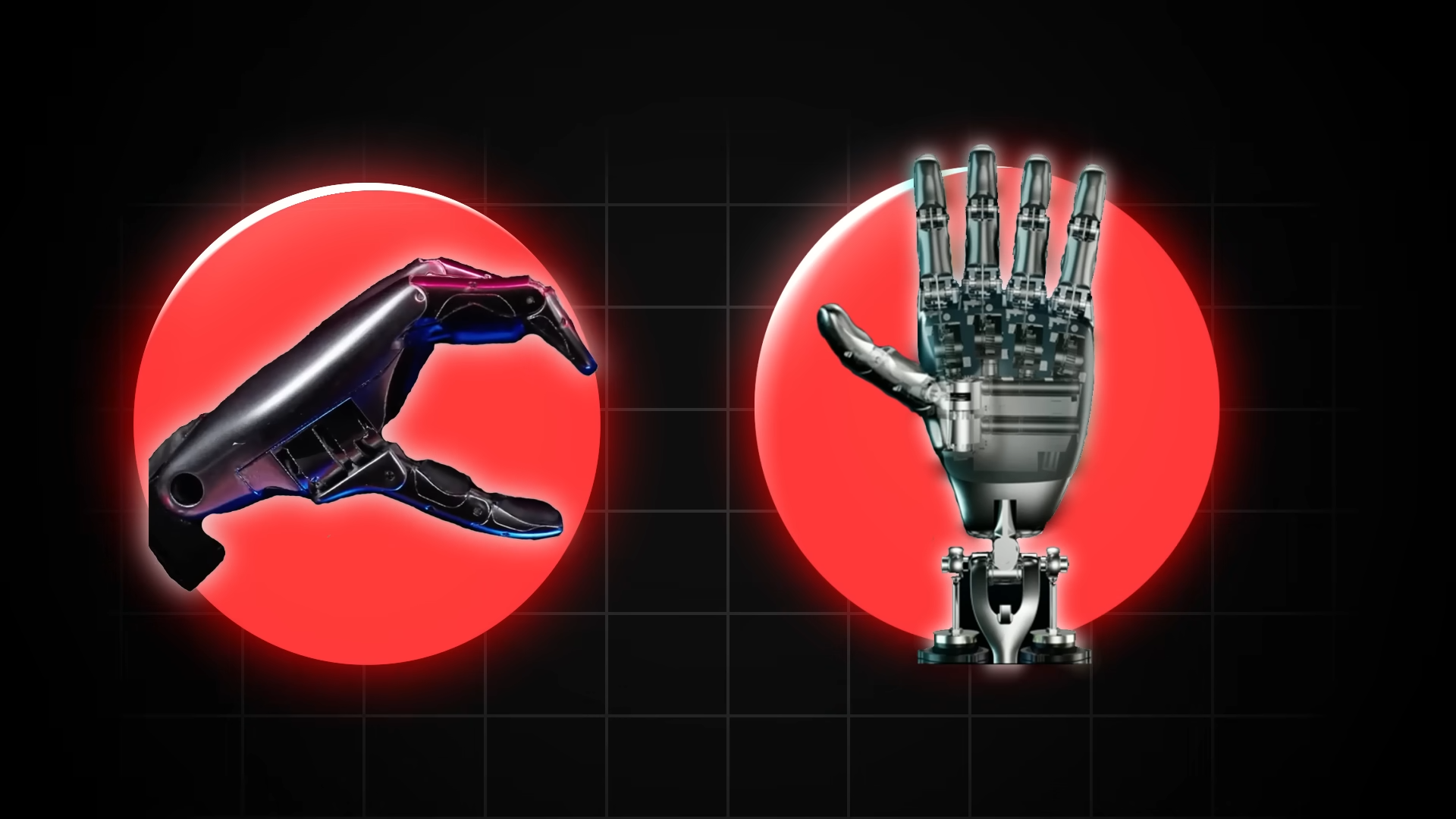
One of the most remarkable features of Tesla's Optimus robot is its hand, designed to be as human-like as possible for ease of use. This design choice is crucial because it allows the robot to interact with objects and environments created for human use, ensuring that the robot can handle everyday objects and tools designed for humans with high functionality.
The hand's intricate design includes metallic tendons that drive the fingers, similar to the tendons in a human hand. These tendons pull and release to create movement, giving the fingers a natural range of motion.
Each actuator in the hand features a built-in clutch mechanism to prevent back drive.
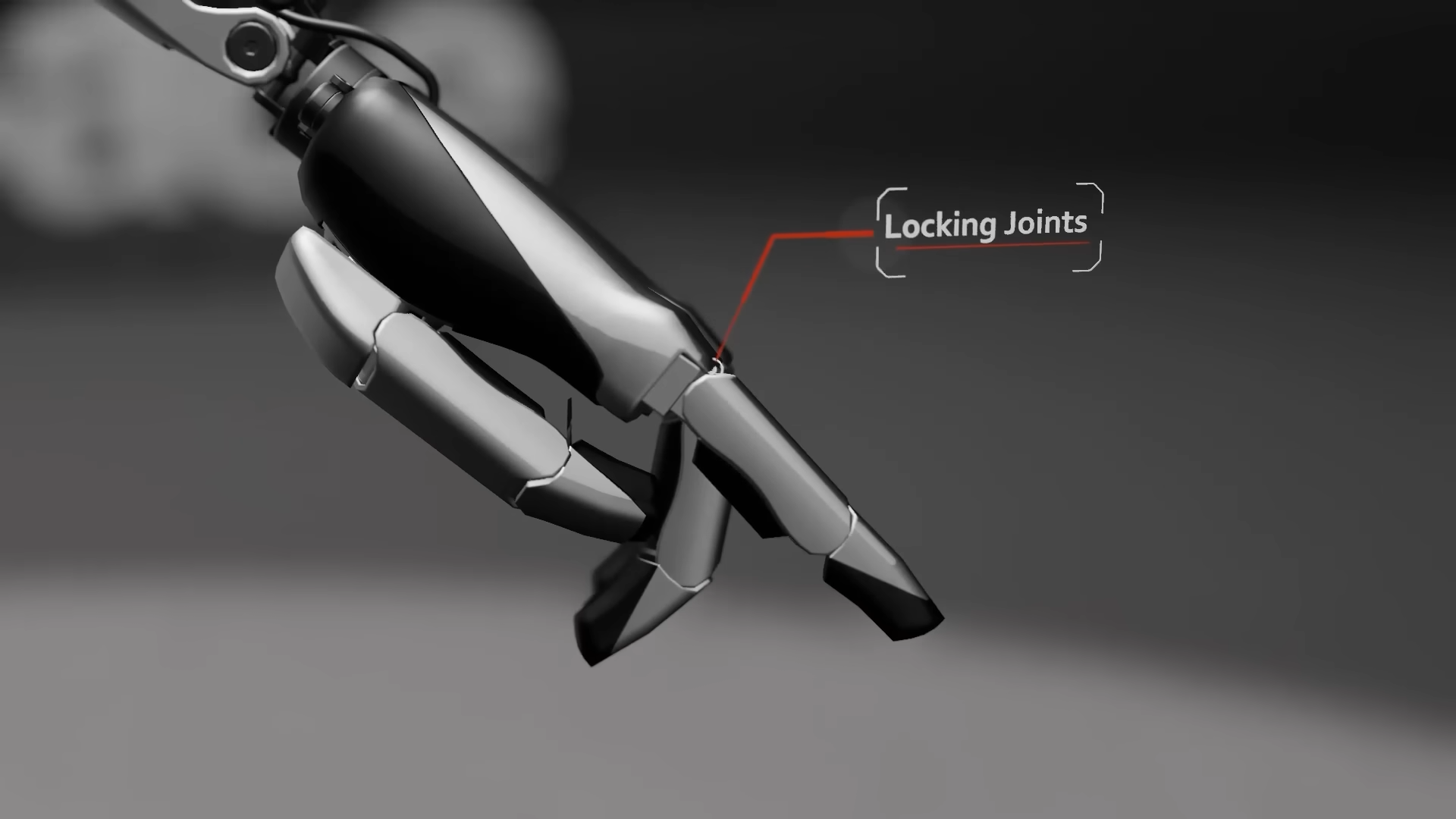
With 11 degrees of freedom powered by six actuators, the hand can perform a wide range of movements with high precision. This high degree of freedom enables the hand to execute tasks accurately, crucial for delicate operations such as handling fragile objects.
The hand is equipped with a small computer controller embedded within it, which drives the fingers and processes feedback from pressure sensors located in each fingertip.
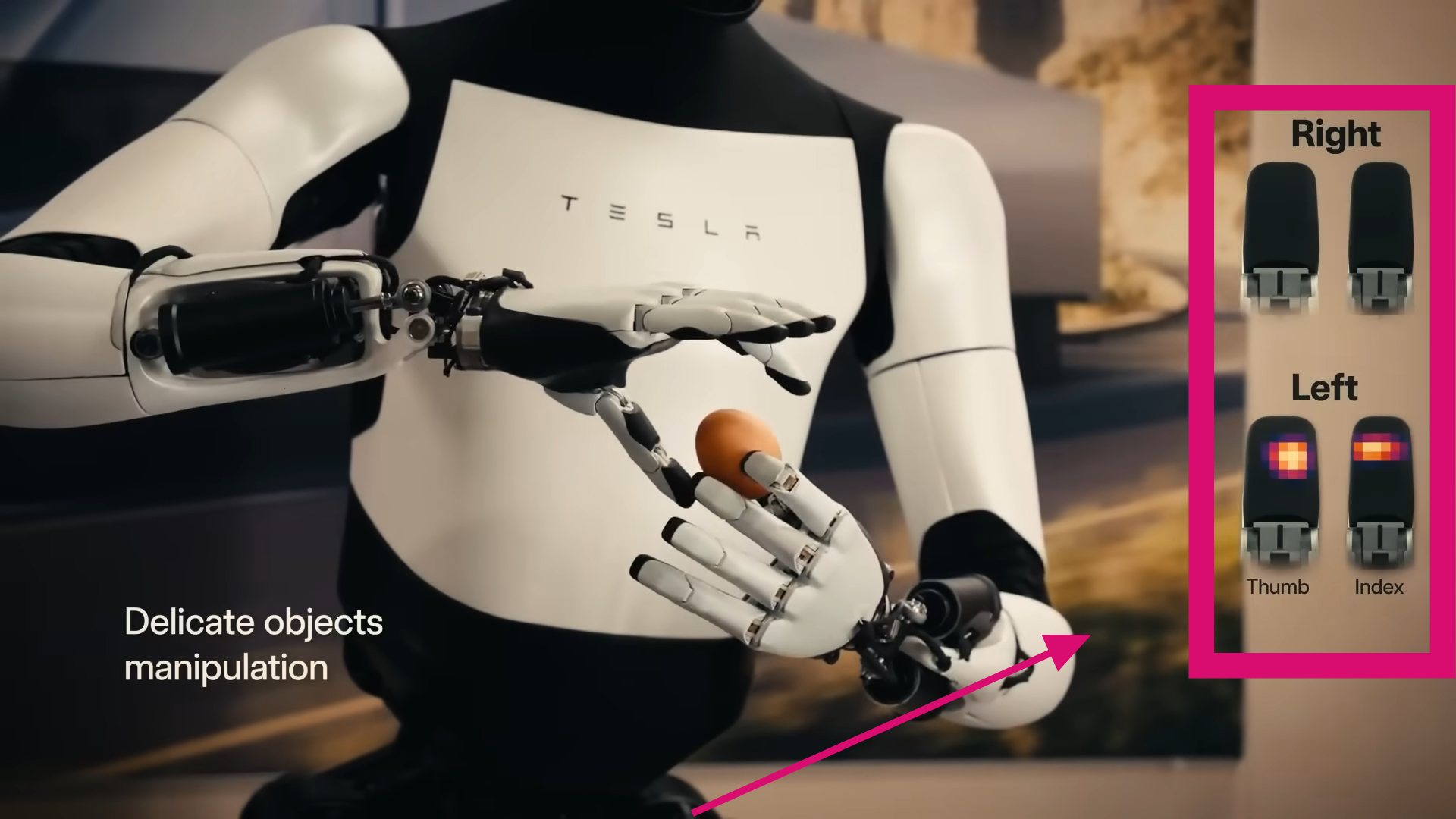
These sensors help the robot understand the amount of force being applied, allowing it to grip delicate objects without breaking them. This advanced control system ensures precise manipulation and feedback, enhancing the robot's ability to interact with its environment effectively.
| Key Features | Description |
|---|---|
| Human-Like Design | Ergonomically designed to handle objects made for humans. |
| Metallic Tendons | Tendons that mimic human muscles for finger movements. |
| Built-in Clutches | Lock mechanisms that prevent fingers from springing back. |
| Degrees of Freedom | 11 degrees of freedom powered by six actuators for high precision. |
| Control System | Embedded computer and pressure sensors for precise control and feedback. |
The advanced design and functionality of the hand make Optimus not just a marvel of engineering but also a practical tool for a variety of applications.
Head and Vision Systems
The head of Tesla's Optimus robot is a blend of simplicity and sophistication, designed to balance functionality with a non-threatening appearance. With two degrees of freedom, the head can move up and down and side to side, allowing the robot to survey its surroundings efficiently.
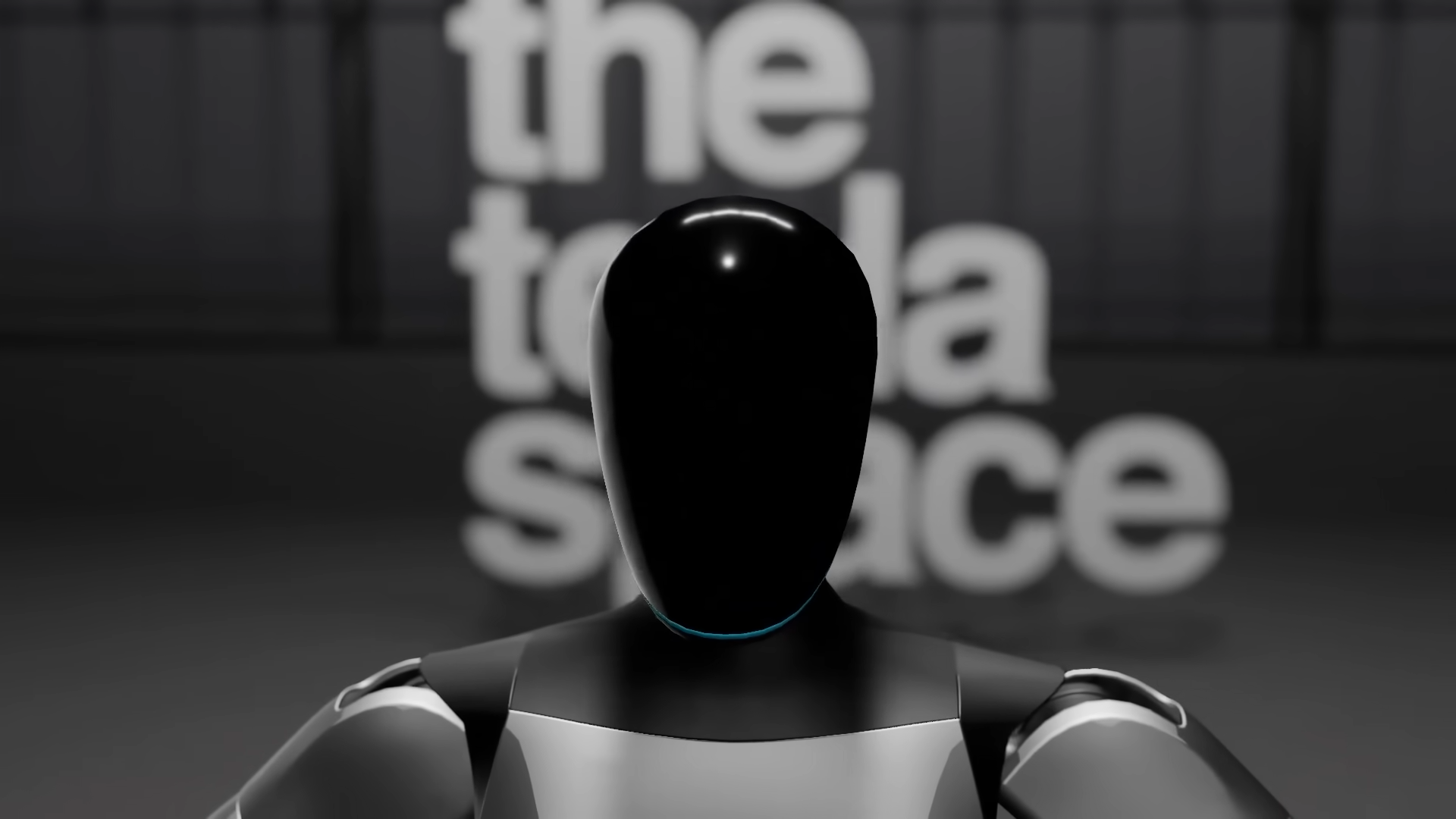
With the use of advanced digital cameras, the head provides Optimus with high-resolution vision capabilities. These cameras are the robot's eyes, capturing detailed images and streaming real-time video to its internal processing units.
However, unlike some of the more anthropomorphic robots in science fiction, Optimus doesn't have complex facial features. Instead, its face is a simple, black screen, designed to avoid the uncanny valley effect—a phenomenon where a robot's attempt to look human becomes unsettling.
In a world where robots like R2-D2 and WALL-E have won our hearts with expressive "faces," Optimus takes a different approach. The minimalist design choice ensures that the focus remains on functionality and efficiency rather than trying to mimic human expressions. It's like HAL 9000, but without the creepy red eye and existential dread.
| Key Features | Description |
|---|---|
| Degrees of Freedom | Two degrees of freedom for looking up, down, and side to side. |
| Digital Cameras | High-resolution cameras for detailed vision capabilities. |
| Facial Design | Simple black screen to avoid the uncanny valley and stay non-threatening. |
In the grand tradition of Tesla, Optimus’s head is all about blending form with function. This robot is here to get the job done with the precision and reliability Tesla is known for. As Optimus navigates its tasks, you can almost hear it saying, "I’m not here to look pretty; I’m here to work."
Internal Systems and Power Management
The Optimus robot is powered by Panasonic batteries similar to those used in Tesla's electric vehicles. These batteries are known for their high energy density, allowing Tesla to pack a lot of power into a compact space.
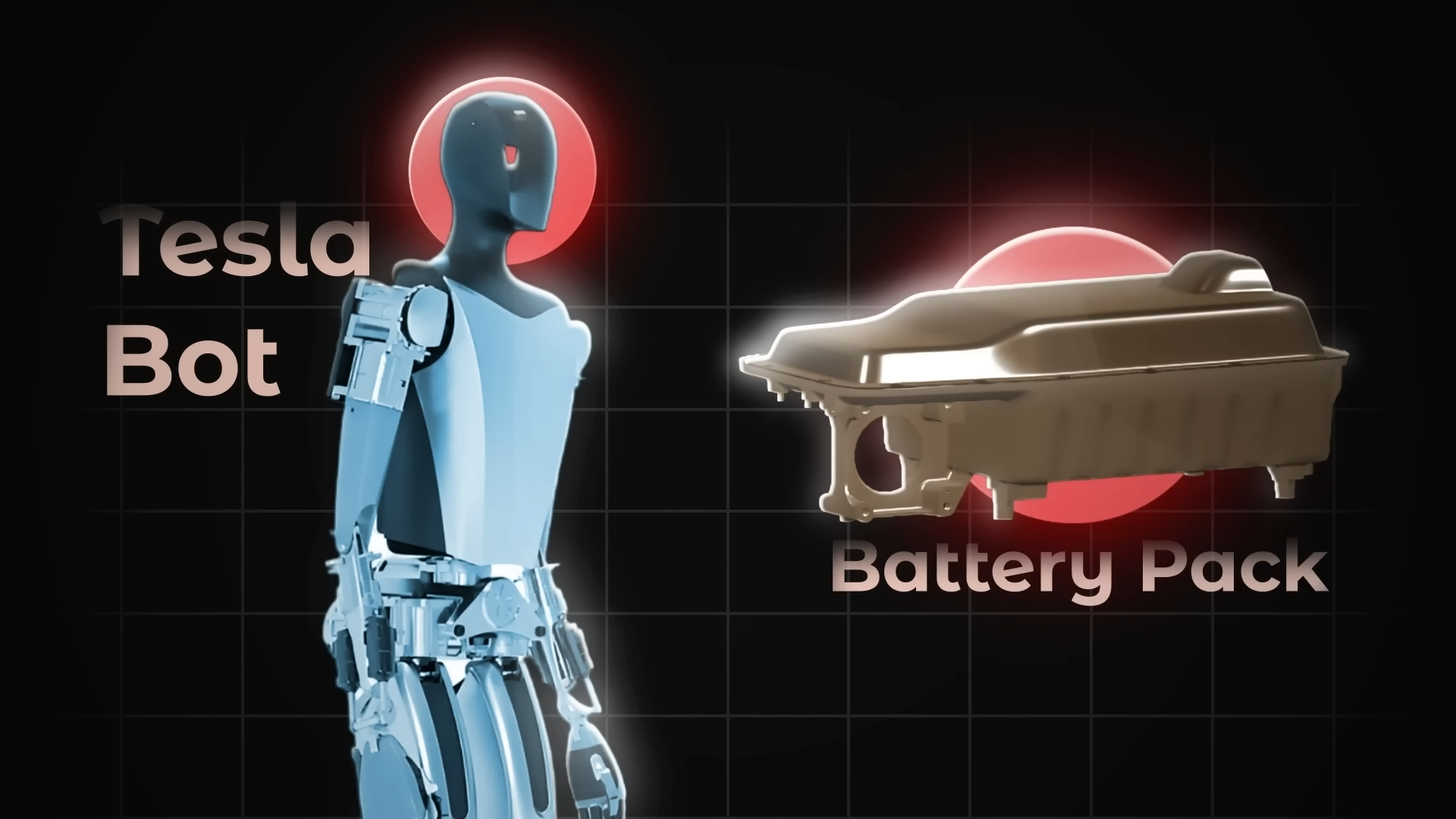
- Power Consumption:
- Idle: 100 watts
- Walking: 500 watts
This efficiency ensures that the robot can perform a full day's work—typically around 8 to 9 hours—on a single charge of its 2.3 kWh battery. Just like a Tesla car, Optimus manages its power consumption carefully to maximize productivity without frequent recharges.
| Battery Specs | Details |
|---|---|
| Battery Type | Panasonic |
| Capacity | 2.3 kWh |
| Operating Time | Full day (8-9 hours) |
| Power Consumption | 100 watts (idle) to 500 watts (walking) |
Brain and Neural Network
At the heart of Optimus lies a custom-designed system on a chip, also known as the autopilot computer. This powerful processor handles all the robot's vision data and sensory input, enabling real-time decision-making.
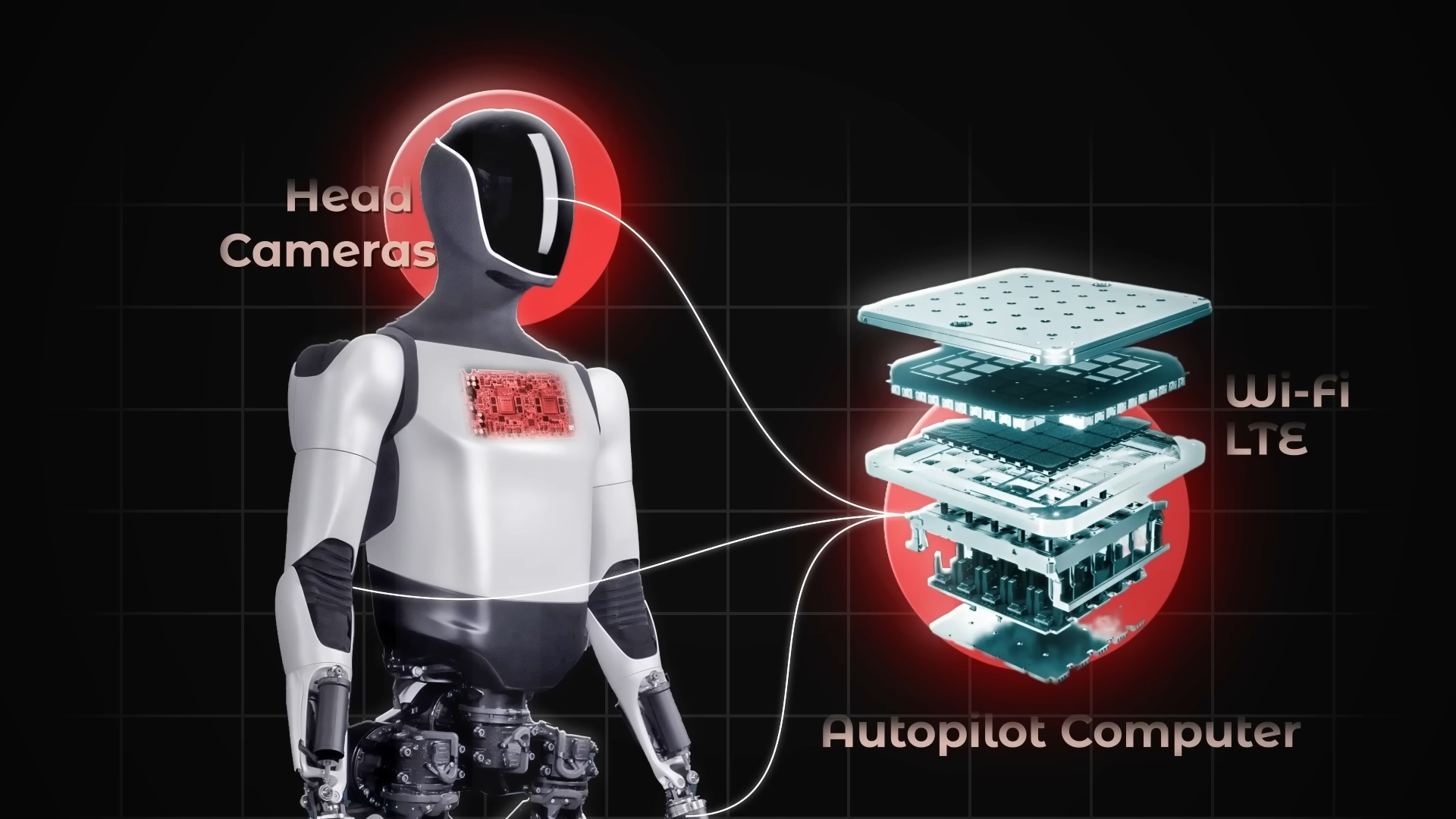
- AI Capabilities:
- Vision Data Processing
- Sensory Input Management
- Real-Time Decision Making
Optimus's artificial intelligence (AI) is adapted from Tesla's self-driving car technology. However, instead of navigating roads, Optimus's AI is trained to interact with the physical world.
[GIF HEREEEE]
This means recognizing and manipulating objects, understanding spatial relationships, and performing tasks that require both precision and adaptability.
| AI Features | Description |
|---|---|
| System on a Chip | Tesla's custom-designed autopilot computer |
| Vision Processing | Handles real-time vision data |
| Sensory Input Management | Processes sensory feedback for precise control |
| Adaptation from Self-Driving | AI trained to interact with the physical world |
Tesla's AI team has ported the neural networks used in their vehicles directly into Optimus, allowing the robot to benefit from years of development and refinement.
While a self-driving car focuses on staying within lines and avoiding obstacles, Optimus must engage with a more complex environment, interacting with objects of various shapes, sizes, and textures.

Whether it's navigating a factory floor or assisting in a warehouse, Optimus is designed to be a reliable and effective tool in a variety of settings. With a brain modeled after Tesla's renowned autopilot system, Optimus is looking PRIME! haha ya i did say that.
Future Prospects
Optimus will learn and improve through real-world experience, with mistakes serving to refine its functionality. The goal is to make Optimus a productive worker in various environments, continually adapting and enhancing its capabilities to meet the demands of diverse tasks and settings.
Stay curious, and remember: in the world of robotics, there's always a byte more to learn! 👋🤖

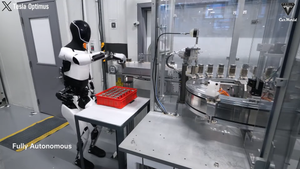

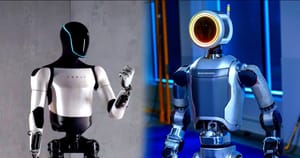
![From Tesla to BMW, humanoids are on their way [to your] home](/content/images/size/w300/2024/02/top_humanoids.png)
